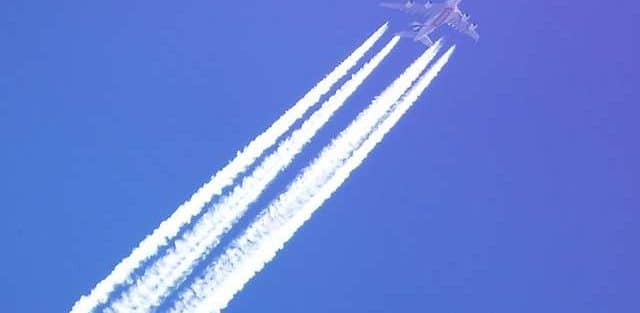Turbojet Aircraft

A turbojet aircraft is one that is powered by a turbojet engine. Turbojet technology first came about in the 1930s and was first used on military aircraft. With today’s modern jet charter planes, manufacturers prefer to use turbofans and turboprops over turbojets because they:
- Offer better fuel efficiency
- Are considerably more quiet
- Deliver better runway performance (i.e. they move more air at lower speeds)
The gas-turbine engine on a turbojet aircraft is comprised of several key components:
- Air intake
- Compressor
- Combustion chamber
- Turbine
- Propelling nozzle
In essence, a turbine engine works by compressing air from the inlet and channeling it to a combustion chamber, where it is heated by fuel. Heat causes this compressed air to rapidly expand in the engine’s turbine, after which it flows into the propelling nozzle to create thrust.
Concorde: One of the Last Turbojet-powered Aircraft
While it’s true that modern jet charter planes no longer use turbojets, it wasn’t all that long ago that they did. The most notable charter aircraft to use turbojet engines was the legendary Concorde. It retired in 2003 after 27 years of service and was capable of flying up to 1,354 mph! Both the Allied Forces and German army sought to develop turbojet-powered aircraft during World War II. While the Henkel HE 178 became the first aircraft to fly using solely turbojet power in 1939, it wasn’t until the end of the war that the German-built Messerschmitt Me 262 and the British Gloster Meteor took to the skies.
A turbojet aircraft is one that is powered by a turbojet engine. Turbojet technology first came about in the 1930s and was first used on military aircraft. With today’s modern jet charter planes, manufacturers prefer to use turbofans and turboprops over turbojets because they:
- Offer better fuel efficiency
- Are considerably more quiet
- Deliver better runway performance (i.e. they move more air at lower speeds)
The gas-turbine engine on a turbojet aircraft is comprised of several key components:
- Air intake
- Compressor
- Combustion chamber
- Turbine
- Propelling nozzle
In essence, a turbine engine works by compressing air from the inlet and channeling it to a combustion chamber, where it is heated by fuel. Heat causes this compressed air to rapidly expand in the engine’s turbine, after which it flows into the propelling nozzle to create thrust.
Concorde: One of the Last Turbojet-powered Aircraft
While it’s true that modern jet charter planes no longer use turbojets, it wasn’t all that long ago that they did. The most notable charter aircraft to use turbojet engines was the legendary Concorde. It retired in 2003 after 27 years of service and was capable of flying up to 1,354 mph! Both the Allied Forces and German army sought to develop turbojet-powered aircraft during World War II. While the Henkel HE 178 became the first aircraft to fly using solely turbojet power in 1939, it wasn’t until the end of the war that the German-built Messerschmitt Me 262 and the British Gloster Meteor took to the skies.








